What is Stellar Lumens (XLM)?
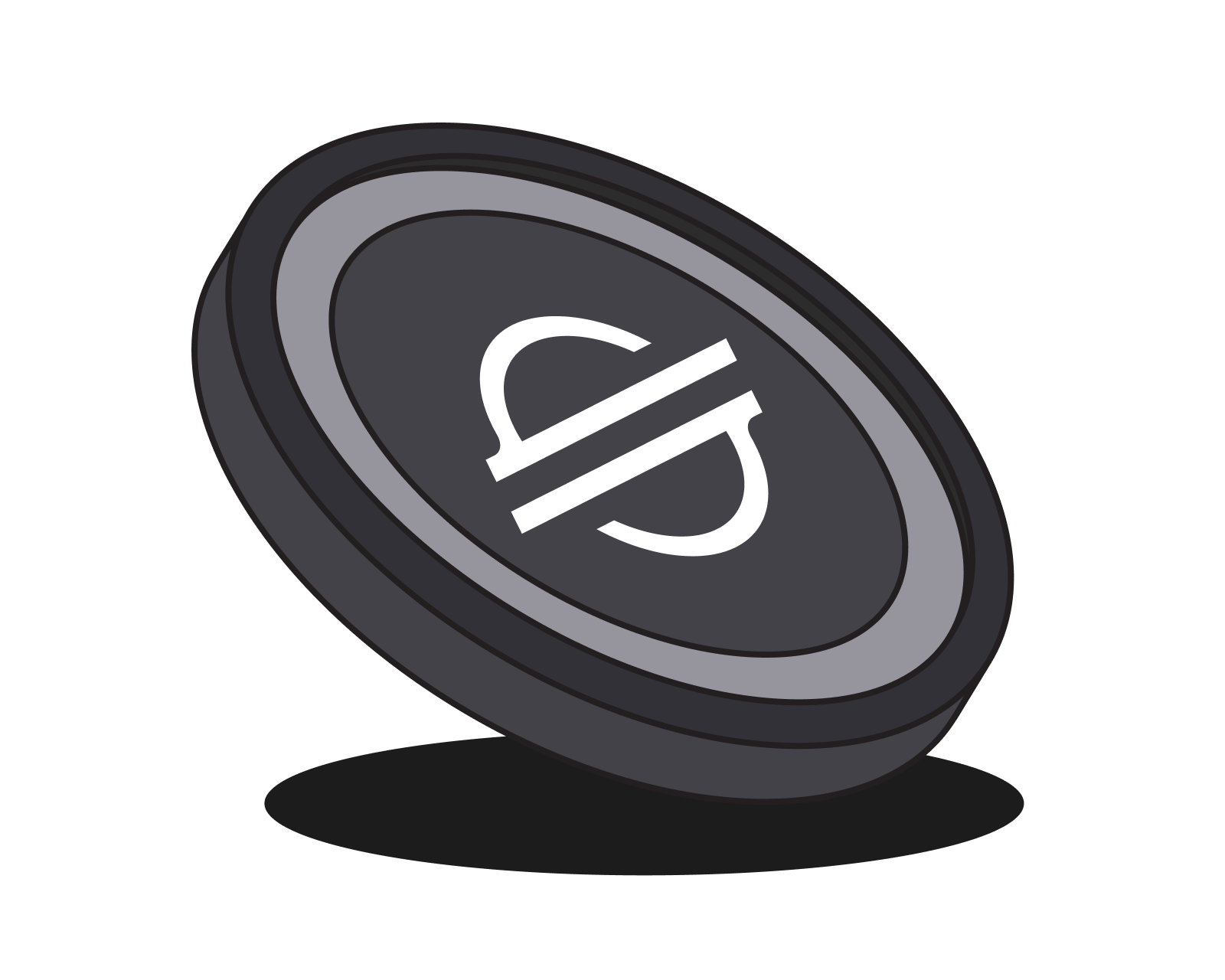
Table of Contents
What is Stellar Lumens (XLM)?
Stellar is a decentralized, open-source blockchain network designed to make moving money fast, affordable, and accessible to everyone. Its native asset, the Lumen (XLM), plays a central role in maintaining network efficiency and enabling cross-border payments. Unlike general-purpose blockchains such as Ethereum, Stellar was built with a focused mission: to improve the way money moves across borders and to expand financial access for people and businesses often excluded from the global economy.
Since its launch in 2014, Stellar has developed into a key player in payments infrastructure. Supported by the nonprofit Stellar Development Foundation (SDF), the network continues to evolve with new technical upgrades, real-world asset tokenization, and strategic partnerships. As of 2025, Stellar is gaining traction not only as a low-cost remittance network but also as a platform for stablecoins, central bank digital currency (CBDC) pilots, and institutional decentralized finance (DeFi).
Origins and Development
Stellar was co-founded in July 2014 by Jed McCaleb, who previously helped create Ripple (XRP), and Joyce Kim, an attorney and entrepreneur. The Stellar Development Foundation was established as a nonprofit to oversee the growth of the network. This structure differentiates Stellar from profit-driven blockchain projects, emphasizing transparency, open participation, and financial inclusion as core values.
Over time, Stellar has undergone significant changes. Early protocol versions resembled Ripple’s consensus model, but in 2015 the project introduced the Stellar Consensus Protocol (SCP), which gave it a unique technical foundation. SCP enables faster settlement and energy-efficient validation without mining, positioning Stellar as a sustainable blockchain for high-volume payments.
How Stellar Works
Stellar Consensus Protocol (SCP)
Instead of Proof-of-Work or Proof-of-Stake, Stellar uses SCP, a federated Byzantine agreement system. Nodes agree on valid transactions by forming “quorum slices” - groups of trusted validators. This system allows for fast transaction finality (typically 3–5 seconds) while avoiding the energy intensity of mining.
Anchors and Tokenized Assets
Anchors are regulated entities such as banks, fintech companies, or money service providers that issue fiat-pegged tokens on Stellar. These anchors allow users to deposit traditional currencies, receive tokenized equivalents on-chain, and redeem them when needed. This system supports a wide range of tokenized assets, from U.S. dollars and euros to stablecoins and emerging-market currencies.
Built-in Decentralized Exchange
Stellar also includes a built-in decentralized exchange (DEX), allowing users to trade assets issued on the network without needing an external platform. This feature enables direct swaps between fiat tokens, stablecoins, and other assets, supporting liquidity and accessibility within the ecosystem.
Role of XLM
The Lumen (XLM) is used to pay transaction fees and to act as a bridge currency when no direct trading pair exists between two assets. Transaction fees are extremely low - fractions of a cent - making the network viable for micropayments and large-scale remittances alike. XLM is also required to maintain a small minimum balance on accounts, helping prevent spam and network overload.
Key Use Cases
Traditional international transfers are slow, costly, and dependent on multiple intermediaries. Fees often exceed 6% and settlement can take days, disproportionately affecting remittance-dependent communities. Stellar’s design directly targets these inefficiencies by removing unnecessary middlemen and reducing settlement times to seconds.
Cross-Border Payments and Remittances
One of Stellar’s primary applications is low-cost international money transfers. Through integrations with MoneyGram, users in over 170 countries can convert cash into digital assets and back again, using Stellar as the underlying settlement layer. This addresses a long-standing problem: remittance fees that often exceed 6% of the transfer amount.
Micropayments
Beyond remittances, Stellar is suitable for micropayments such as small online purchases, pay-per-use content, or machine-to-machine transactions. Its negligible fees make it practical for use cases that would be impossible on networks with higher costs.
Tokenization of Real-World Assets
In 2025, the SDF set a target of $3 billion in tokenized real-world assets (RWAs) on-chain, up from about $290 million at the end of 2024. These assets include stablecoins like USDC and other fiat-backed tokens issued by partners such as Circle, Franklin Templeton, and WisdomTree. Tokenization on Stellar enables faster settlement, global accessibility, and lower infrastructure costs.
Institutional and Enterprise Adoption
Beyond consumer remittances, Stellar is building infrastructure for enterprises and financial institutions. Partnerships with organizations such as Paxos, SG Forge, and VersaBank expand Stellar’s role in regulated financial markets. This institutional momentum is central to Stellar’s strategy of embedding blockchain settlement into mainstream financial rails.
DeFi and Stablecoin Settlement
Although Stellar has historically been less associated with decentralized finance (DeFi), this is changing. The introduction of smart contract capabilities and Ethereum Virtual Machine (EVM) compatibility has opened the door for developers to deploy DeFi applications, NFTs, and programmable financial instruments directly on Stellar. Combined with stablecoin integration, these upgrades position Stellar as a credible base layer for institutional DeFi.
Technical Upgrades and Network Growth
Protocol 23
The rollout of Protocol 23 represents Stellar’s most significant technical shift in years. It introduces parallel smart contract execution, Unified Asset Events (CAP-67) for simplified token interactions, and improved data verification through Merkle structures. These changes enhance scalability and developer usability while preserving the network’s efficiency.
Ethereum Compatibility
In mid-2025, Stellar launched an EVM-compatible testnet. This allows developers to port Solidity-based smart contracts from Ethereum to Stellar, bridging two ecosystems and broadening Stellar’s utility. This move also signals Stellar’s intent to capture a share of the broader DeFi market.
Growth Metrics
By 2025, Stellar is approaching 10 million accounts globally. Total value locked (TVL) in Stellar-based applications surpassed $100 million in mid-2025, with projections pointing toward rapid growth as stablecoins and RWAs expand.
Market Performance and Trends
XLM’s price has reflected this wave of development and adoption. In 2025, the token surged over 300%, fueled by integration with PayPal, MoneyGram, and the growing tokenization trend. While volatility remains a factor - XLM fell about 5% on September 1, 2025, before rebounding - analysts see medium-term potential in the $0.40–$0.60 range if adoption accelerates.
Institutional interest, particularly in Africa where mobile money and remittances dominate, has supported price resilience. However, like all crypto assets, XLM is influenced by broader market cycles, liquidity conditions, and regulatory developments.
Areas for Growth
While Stellar has made significant progress, there are areas where the network continues to evolve:
-
Reliance on Anchors: Anchors are essential for tokenizing fiat and other assets on Stellar. Ensuring that these partners maintain solvency, compliance, and reliability will be key to strengthening trust in the ecosystem.
-
Competition: Stellar operates in a crowded field alongside Ripple, Ethereum, Solana, and other payment-focused blockchains. Its ability to differentiate through low-cost settlement, nonprofit governance, and real-world asset integration will shape its long-term relevance.
-
Comparative Positioning: Compared to Bitcoin, which is widely seen as a store of value, and Ethereum, which powers a broad decentralized application ecosystem, Stellar is specialized for payments and asset transfers. This focus is a strength, though it also means the network’s growth depends on adoption in its target niches.
-
Execution and Adoption: New features like Protocol 23 and EVM compatibility expand Stellar’s capabilities, but widespread developer uptake and user adoption will determine how impactful these upgrades become.
Rather than obstacles, these are opportunities for Stellar to reinforce its position as a reliable and inclusive payments infrastructure, while continuing to innovate and respond to industry needs.
Future Outlook: Revolutionizing Global Finance
The Stellar Development Foundation has set ambitious goals for 2025:
- Entering the top 10 blockchains by total value locked.
- Growing monthly active wallets into the global top 10.
- Reaching $3 billion in tokenized RWAs.
If successful, Stellar could cement its position as the backbone for global remittances, regulated stablecoins, and institutional DeFi infrastructure. Its nonprofit structure and commitment to financial inclusion provide a distinct narrative in an industry often dominated by speculation.
At the same time, success will depend on Stellar’s ability to sustain partnerships, scale its smart contract ecosystem, and compete against fast-moving rivals. For users, investors, and institutions alike, Stellar offers a blend of purpose-driven design and practical financial utility.
For users engaging with Stellar, secure storage of XLM remains important. While XLM can be held on exchanges, self-custodial wallets provide greater control and align with Stellar’s ethos of open access and user sovereignty.
Key Takeaways
- Stellar is a decentralized payments-focused blockchain with a nonprofit governance model.
- Its native token, XLM, facilitates cheap and fast transactions and acts as a bridge asset.
- Anchors and tokenized assets enable real-world financial integration, including stablecoins and RWAs.
- Protocol 23 and EVM compatibility are expanding Stellar’s role in DeFi.
- Partnerships with MoneyGram, PayPal, and major financial institutions highlight growing adoption.
- Challenges include reliance on anchors, competition, and the need for stronger developer traction.
As of 2025, Stellar Lumens stands at the intersection of traditional finance and blockchain innovation - uniquely positioned to deliver on its founding mission of building an inclusive global financial system.
Conclusion
Stellar Lumens (XLM) represents a different approach to blockchain: one focused less on speculation and more on solving real-world problems in payments and access to finance. With its nonprofit foundation, low-cost infrastructure, and growing role in remittances, tokenized assets, and institutional adoption, Stellar continues to carve out a unique position in the digital asset landscape. While it faces challenges from rivals and evolving regulations, its mission-driven strategy and ongoing technical evolution suggest that Stellar will remain a significant player in the push toward a more inclusive global financial system.
Explore the concept of unstoppable money and its potential to empower individuals financially.
You can buy, sell, and trade XLM on various exchanges. It's crucial to store your XLM securely in a digital wallet, prioritizing self-custody for maximum control and security. Learn how to choose the right crypto wallet and how to create one, and how to practice good digital asset security.
Related guides
Start from here →
Learn the basics of cryptocurrency
Are you new to cryptocurrency? Get a simple introduction and learn why crypto matters.
Read this article →
Learn the basics of cryptocurrency
Are you new to cryptocurrency? Get a simple introduction and learn why crypto matters.
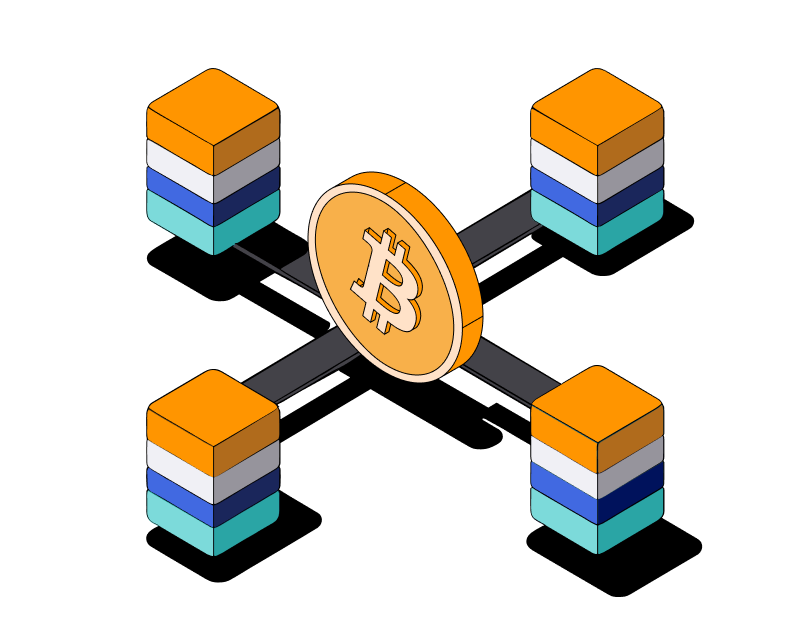
What is a Blockchain?
This beginner's guide explains blockchain, its importance in cryptocurrencies, and how it works. Explore its uses, advantages, and future potential.
Read this article →
What is a Blockchain?
This beginner's guide explains blockchain, its importance in cryptocurrencies, and how it works. Explore its uses, advantages, and future potential.

What is Bitcoin?
Get a straightforward introduction to Bitcoin and why it matters.
Read this article →
What is Bitcoin?
Get a straightforward introduction to Bitcoin and why it matters.
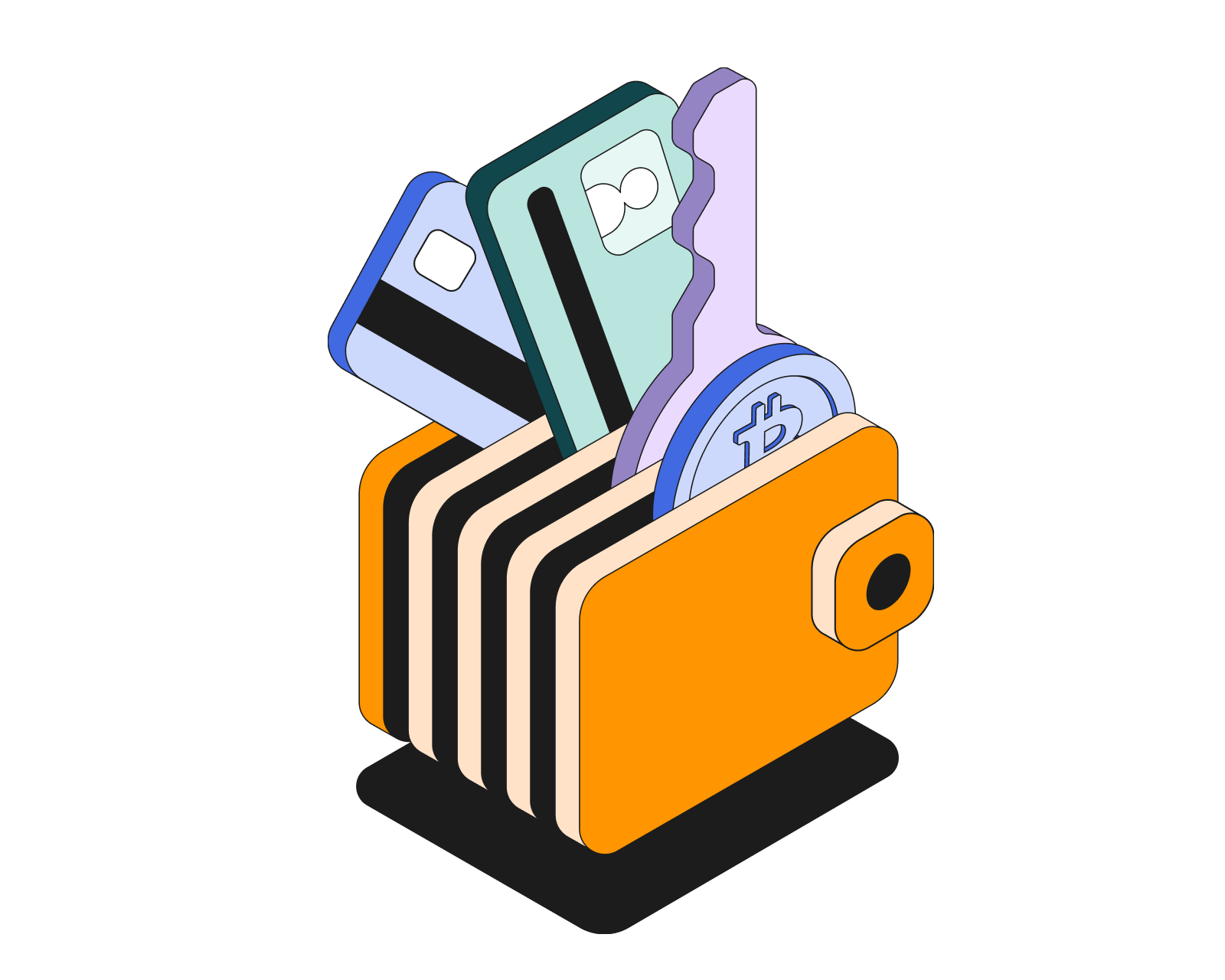
What is a Bitcoin wallet?
Learn about this essential tool for sending, receiving, and storing your bitcoin; how it works, and how to use it safely.
Read this article →
What is a Bitcoin wallet?
Learn about this essential tool for sending, receiving, and storing your bitcoin; how it works, and how to use it safely.
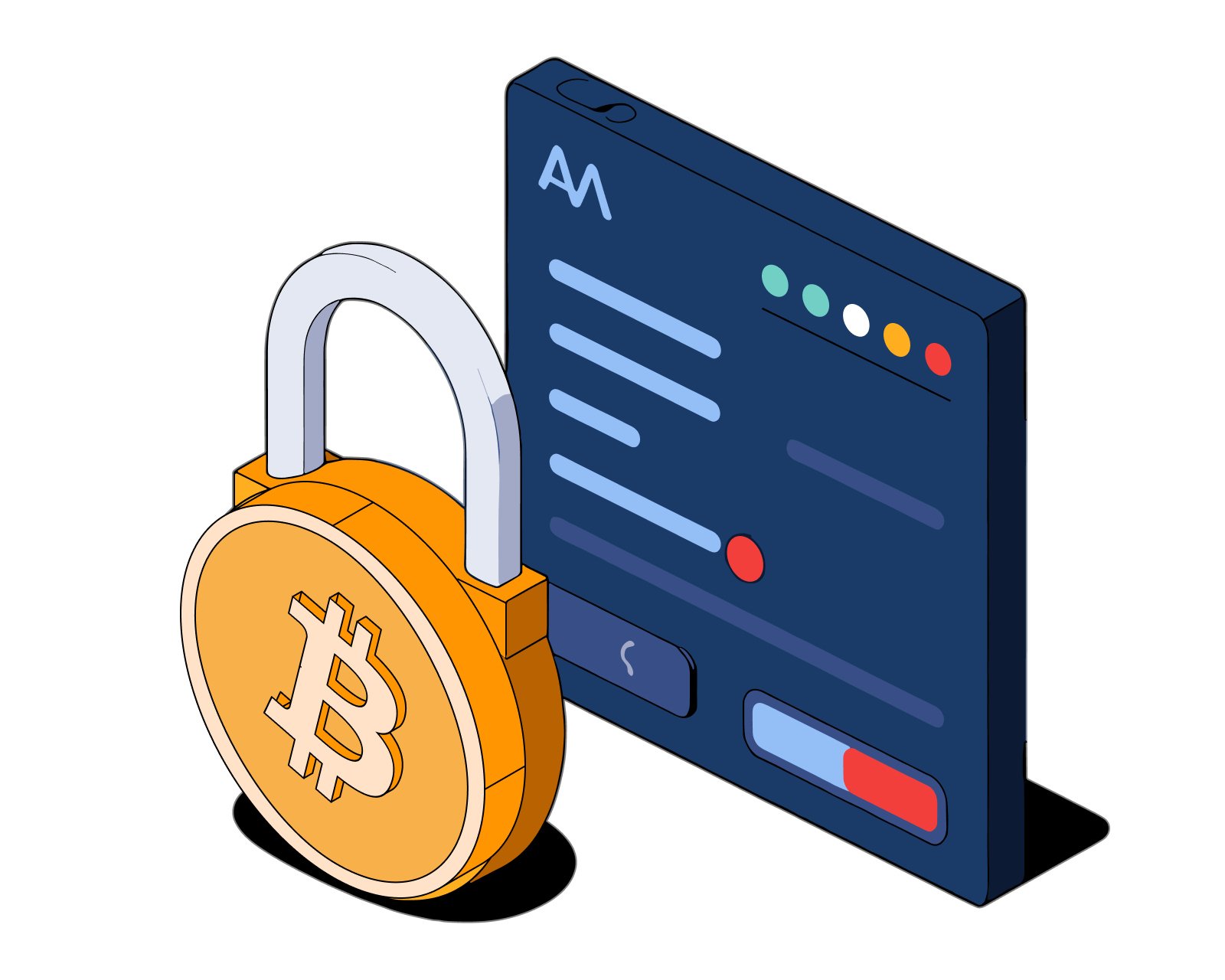
How do I create a Bitcoin wallet?
Learn how to quickly and easily create a Bitcoin wallet. Understand the different wallet types and their respective pros & cons.
Read this article →
How do I create a Bitcoin wallet?
Learn how to quickly and easily create a Bitcoin wallet. Understand the different wallet types and their respective pros & cons.

How do I send bitcoin?
Sending bitcoin is as easy as choosing the amount to send and deciding where it goes. Read the article for more details.
Read this article →
How do I send bitcoin?
Sending bitcoin is as easy as choosing the amount to send and deciding where it goes. Read the article for more details.

How do I receive bitcoin?
To receive bitcoin, simply provide the sender with your Bitcoin address, which you can find in your Bitcoin wallet. Read this article for more details.
Read this article →
How do I receive bitcoin?
To receive bitcoin, simply provide the sender with your Bitcoin address, which you can find in your Bitcoin wallet. Read this article for more details.
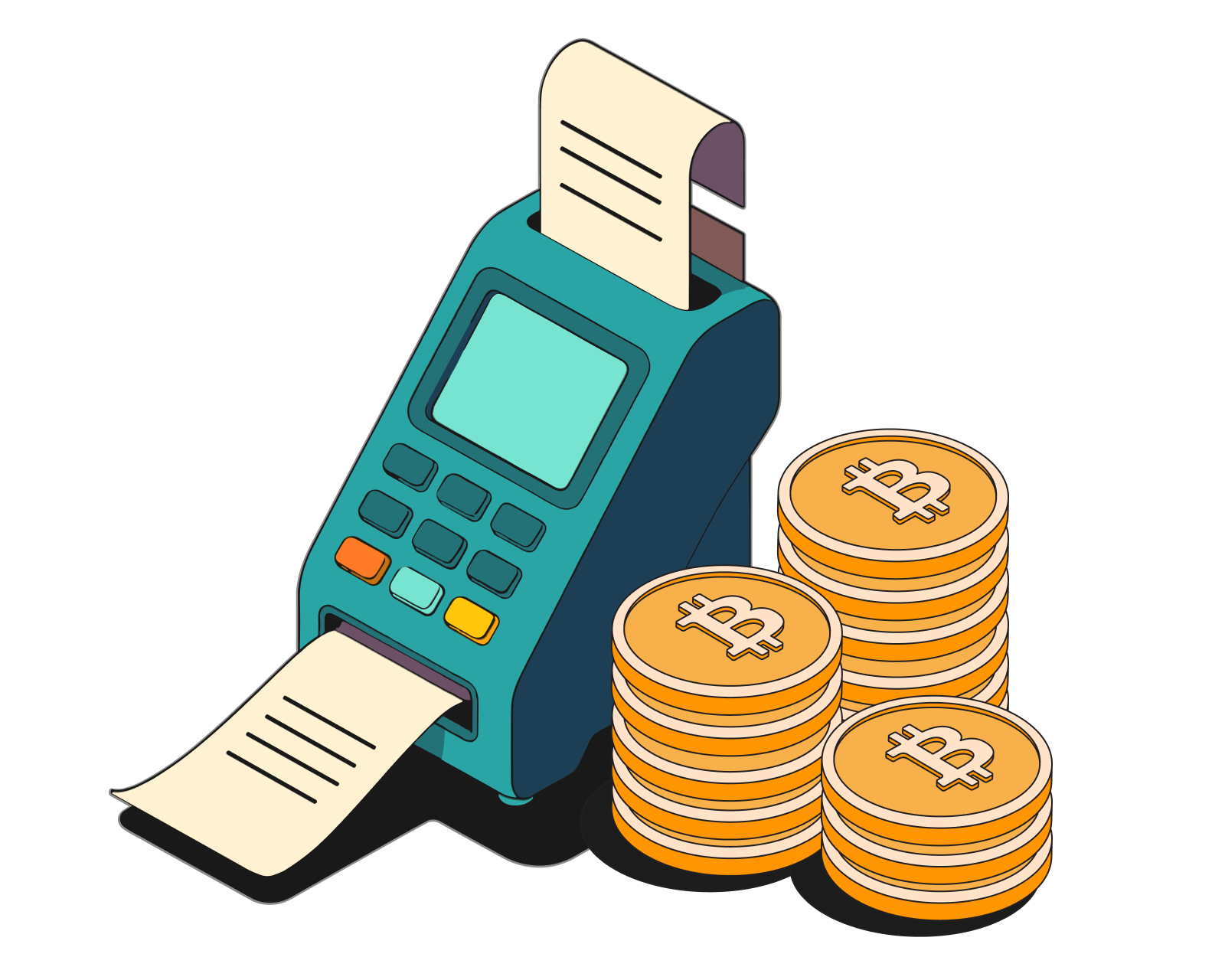

How do I buy crypto?
Learn how to get your first crypto in minutes.
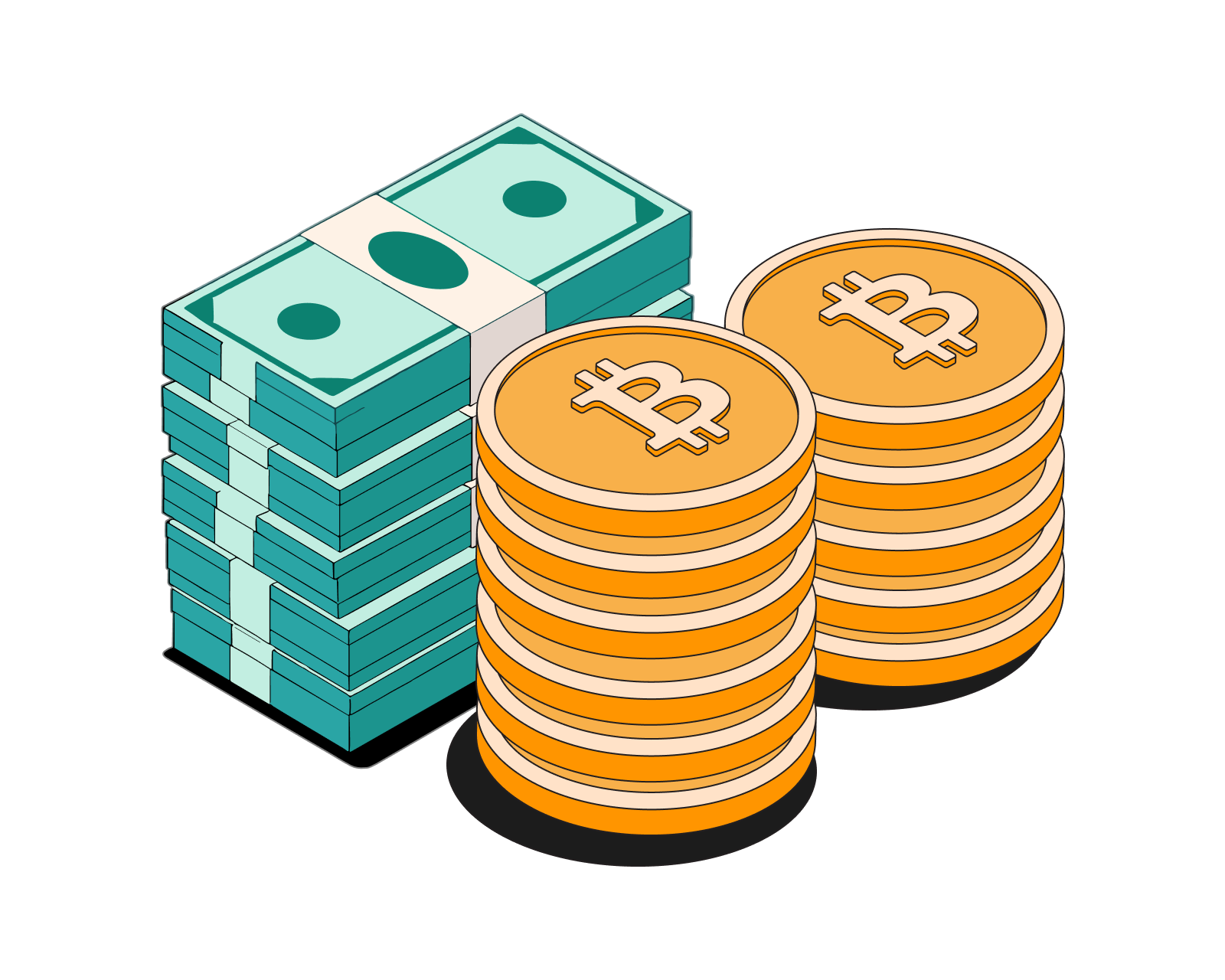

How do I sell crypto?
Learn how to sell crypto into local currency safely.
STAY AHEAD IN CRYPTO
Stay ahead in crypto with our weekly newsletter delivering the insights that matter most
Weekly crypto news, curated for you
Actionable insights and educational tips
Updates on products fueling economic freedom
No spam. Unsubscribe anytime.



Start investing safely with the Bitcoin.com Wallet
Over wallets created so far
Everything you need to buy, sell, trade, and invest your Bitcoin and cryptocurrency securely

© 2025 Saint Bitts LLC Bitcoin.com. All rights reserved


